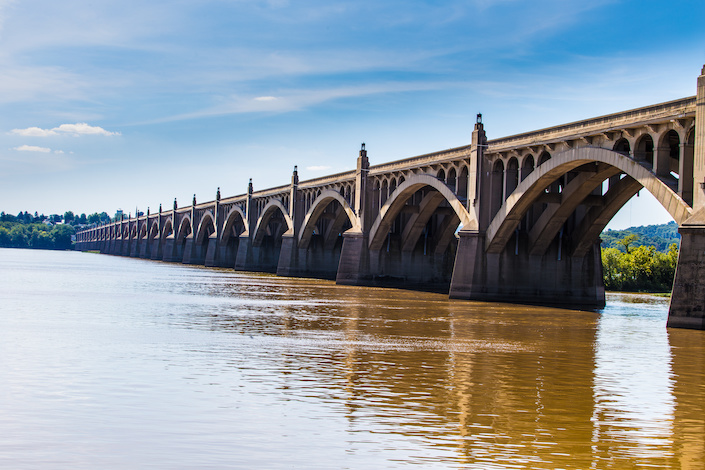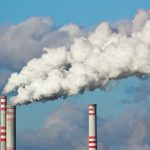Pennsylvania is far behind other Chesapeake Bay-area states in reducing water pollution from agriculture and stormwater runoff, according to a new report.
HARRISBURG, Pa. – Pennsylvania has fallen far behind in its commitment to reduce pollution that flows downstream to Chesapeake Bay, according to a new report.
In 2009, six watershed states signed onto the Chesapeake Clean Water Blueprint, setting goals for reducing surface- and ground-water pollution by 2025. Although other states are close to having plans and practices in place to meet their targets, the Chesapeake Bay Foundation report said Pennsylvania’s draft plan would fall more than 30% short of reaching its target for curbing nitrogen pollution.
Harry Campbell, executive director of the foundation’s Pennsylvania office, said the state hasn’t allocated the funds necessary to implement the plan.
“Without that, there will not be success in terms of clean water for Pennsylvania,” he said, “for our drinking water, for our farms, for our communities, for our families and, certainly, for the Chesapeake Bay.”
Pennsylvania would need an estimated $486 million a year to implement its plan, but Campbell said existing resources fall nearly $257 million short of that amount.
Failure to meet pollution-reduction targets can have consequences. Campbell pointed out that the federal Environmental Protection Agency could take steps such as requiring more farms to get permits, imposing new requirements for stormwater runoff for new development and more.
“They could redirect funding, or put conditions on funding to go to specific practices or places instead of giving it to the states for implementation,” he said. “Or they could even withhold funding.”
Campbell said agriculture and urban and suburban storm runoff are the largest sources of nitrogen and phosphorus pollution flowing into Chesapeake Bay.
There is some good news in the report. According to Campbell, there are more than 190 significant wastewater treatment plants in the six watershed states, and they’re having a major impact in reducing pollution.
“They have stepped up to the plate and are meeting their requirements,” he said, “and in fact, as a collective, actually on pace to exceed their requirements by the end of 2025.”
He added that state lawmakers need to ensure that Pennsylvania has the financial and technical support it needs to meet all its obligations under the Clean Water Blueprint.
The report is online at cbf.org.




